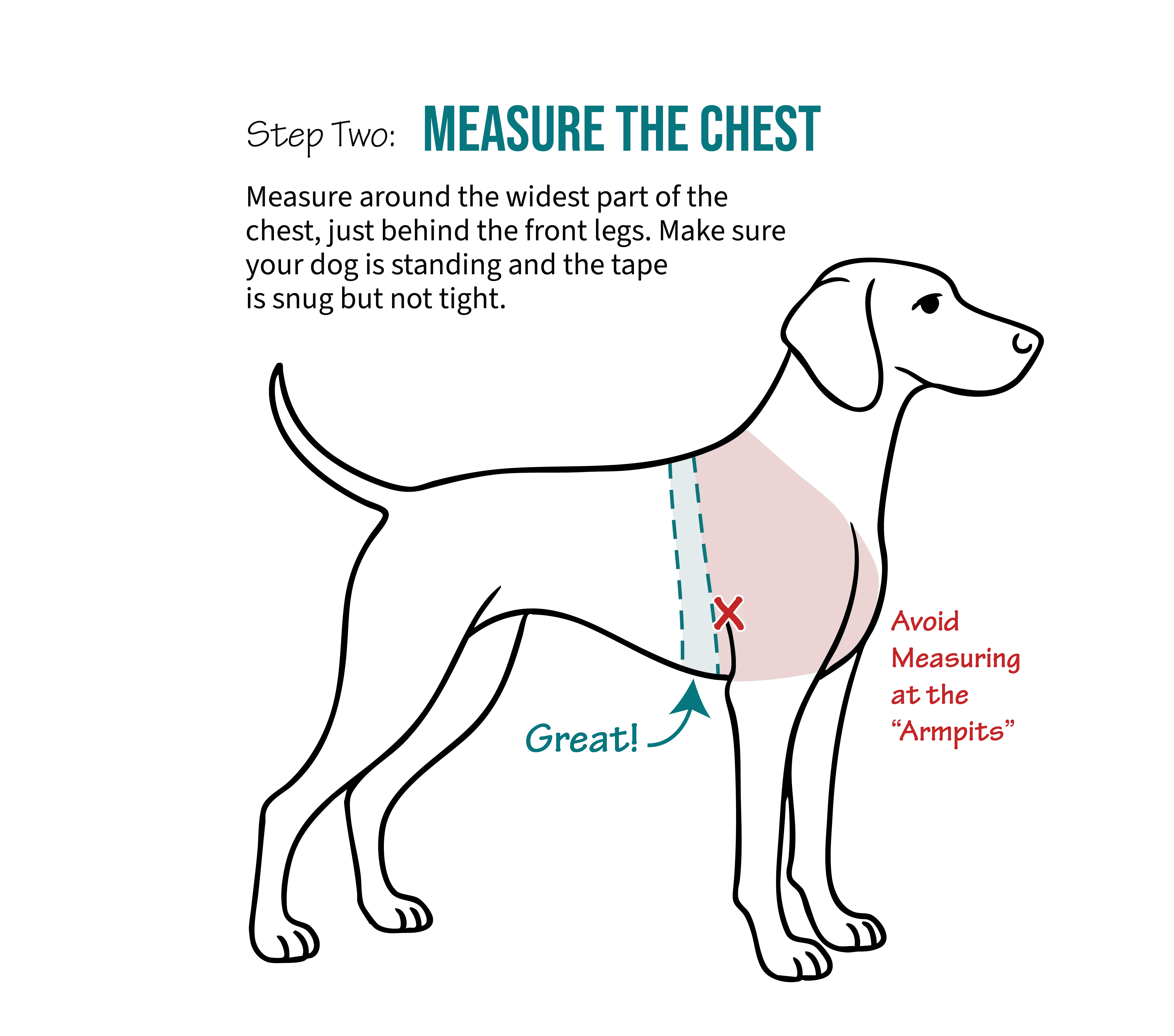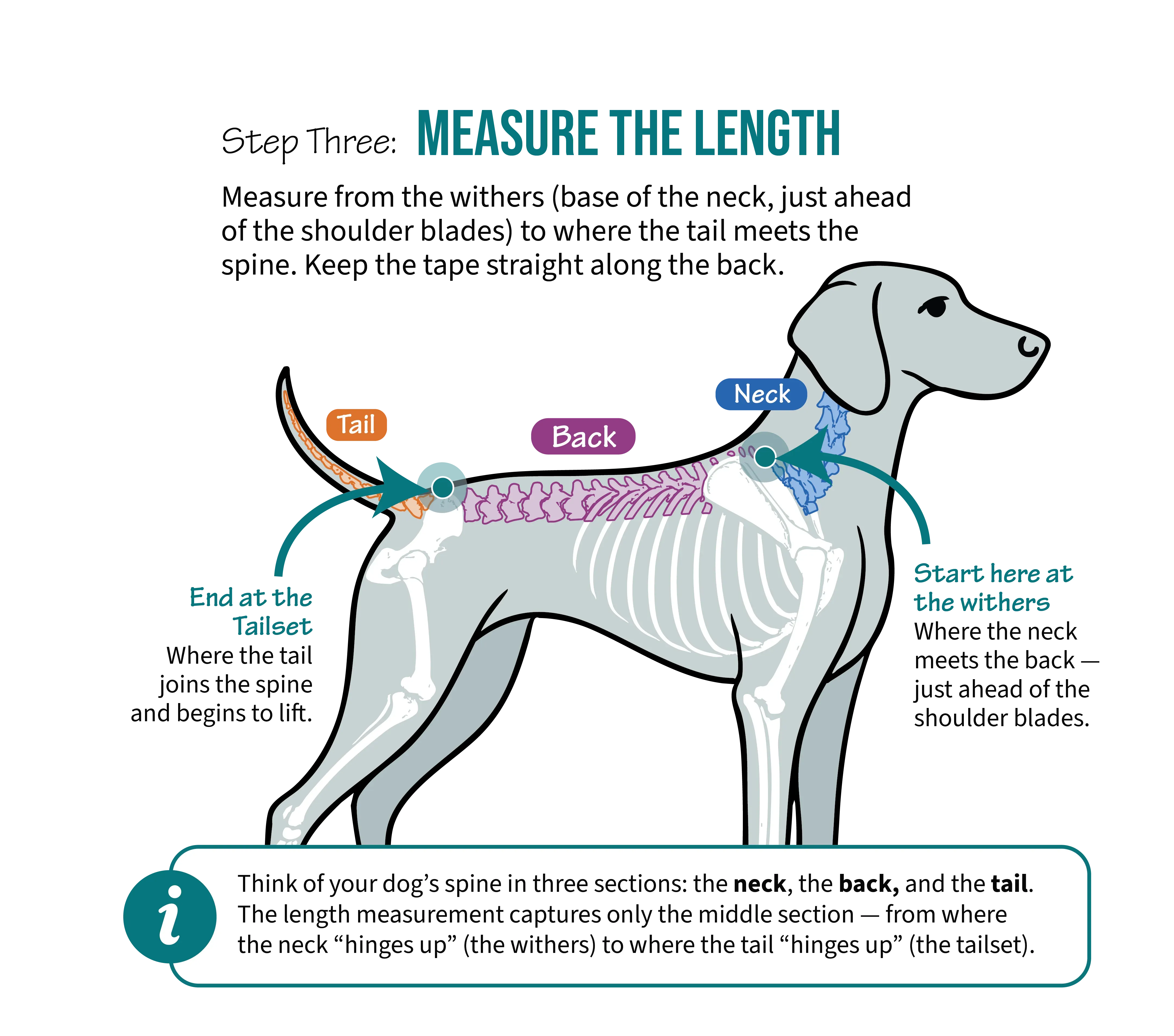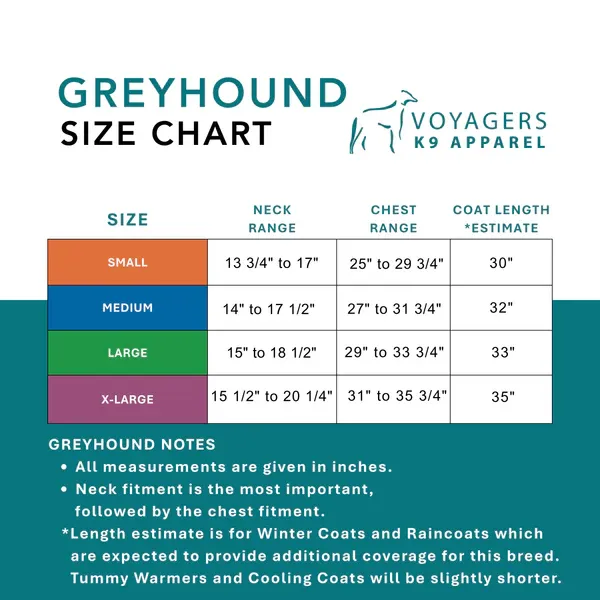Greyhounds, with their sleek, aerodynamic bodies and thin coats, often require specialized apparel like coats to stay comfortable in varying weather. Proper Greyhound coat measurements ensure a snug fit that protects their sensitive skin from cold, scratches, and dirt without restricting movement. Whether you’re out for a jog or lounging at home, a well-fitted coat can make all the difference for these retired racers, who have low body fat and thin fur that offers little natural insulation.
Many Greyhound owners discover that off-the-rack coats don’t account for the breed’s unique chest-to-waist ratio, long back, and tucked tail. Getting the measurements right prevents chafing, slipping, or overheating. According to sighthound care experts, accurate sizing starts with three key metrics: neck, chest, and back length. This guide walks you through the process step-by-step, drawing from breed-specific recommendations used by top dog apparel brands.
Why Greyhounds Benefit from Coats
Greyhounds’ thin skin and minimal body fat make them prone to feeling the chill, even in mild temperatures. Sources like the Greyhound Club and adoption groups emphasize coats for winter protection, skin safeguarding during play, and support for seniors or rescued hounds. A good coat retains warmth, repels water, and shields against abrasions from rough terrain—ideal for active dogs that love zooming in parks.
Beyond weather, coats promote confidence in ex-racers adjusting to pet life. They reduce dirt buildup on short fur, simplifying grooming. For pet parents in cooler climates, this simple addition enhances outings and restful nights.
Essential Measurements for Greyhound Coats
Always use a flexible tailor’s tape, have your dog stand squarely on all fours, and measure snugly but not tightly—like a collar fit. For fluffy areas, gently compress fur. Measure twice for accuracy, as small errors lead to poor fits.
Neck Measurement
Wrap the tape around the base of the neck, where it meets the shoulders—right above the collar line. This ensures the coat sits comfortably without rubbing. Typical Greyhound necks range 14-18 inches, varying by size and sex.
 Guide to measuring the neck base of a Greyhound for accurate coat sizing
Guide to measuring the neck base of a Greyhound for accurate coat sizing
Chest Measurement
Find the widest part of the chest, just behind the front legs. Circle the tape fully while keeping it level and snug. Greyhounds often have deep chests (28-34 inches), so this is crucial for belly coverage without bunching.
 Step-by-step chest girth measurement behind the front legs on a standing Greyhound
Step-by-step chest girth measurement behind the front legs on a standing Greyhound
Greyhounds’ narrow waists mean chest fits must allow flank coverage. Compare your numbers to breed-specific charts from sites like Voyagers K9 Apparel or Greyhound Trust stores for the best match.
Back Length Measurement
Start at the withers (shoulder blade tops, base of neck) and run the tape straight along the spine to where the tail meets the body. Avoid curving—keep it taut. Average backs are 26-32 inches; this dictates overall coat length.
 Measuring back length from withers to tail base along the Greyhound's spine
Measuring back length from withers to tail base along the Greyhound's spine
These proportions account for the breed’s tucked tail and curved spine, preventing interference during runs.
 Example of a well-fitted Greyhound coat covering back and flanks properly
Example of a well-fitted Greyhound coat covering back and flanks properly
Common Mistakes to Avoid in Greyhound Coat Measurements
Rookie errors like loose tapes, slouched dogs, or measuring over fur without compressing lead to oversized or restrictive gear. Don’t pull too tight, as it mimics stress; instead, aim for two fingers’ slip under the tape. Skip weight-based guesses—body shape trumps pounds for sighthounds.
For playful pups, consider durable add-ons. Active Greyhounds stay engaged with indestructible dog toys for small dogs, tough enough for enthusiastic play. Pair your new coat with safe chew toys for small dogs to prevent boredom-induced mischief.
Choosing and Customizing Your Greyhound Coat
Match measurements to charts from reputable brands—many offer Greyhound-specific lines. If between sizes, opt for adjustable straps. Custom options like made-to-measure programs accommodate unique builds. Test fits: the coat should cover to mid-tail without dragging, secure on shoulders, and allow full leg motion.
Explore more gear like best small dog toys for chewers for indoor fun or indestructible squeaky dog toys for small dogs during coat breaks. In the UK? Check best toys for small dogs uk.
Final Tips for Success
Mastering Greyhound coat measurements guarantees comfort and longevity in your dog’s apparel. Consult a vet for seniors or those with mobility issues, and re-measure seasonally as muscles change.
Ready to outfit your hound? Use these steps, reference size charts, and enjoy worry-free adventures. Share your fitting stories in the comments!
References
- Voyagers K9 Apparel Greyhound Measuring Guide: k9apparel.com/pages/greyhound-measuring-guide
- AKC Shop Ultimate Dog Apparel Guide: shop.akc.org/pages/the-ultimate-dog-apparel-measuring-guide
- Greyhound Trust Store Size Guide: greyhoundtruststore.com/pages/size-guide
- Sighthound care insights from Wollices and Blas & Co blogs.
